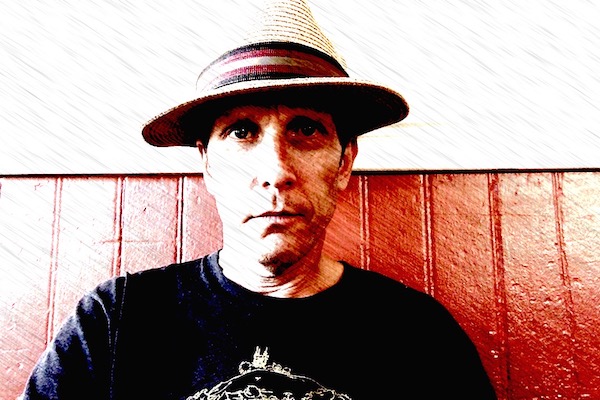As an international organization that disrupts spam operators, the Spamhaus Project has made its share of enemies. Many of those enemies possess the Internet equivalent of millions of water cannons that can be turned on in an instant to flood targets with more traffic than they can possibly stand.
On Tuesday, Spamhaus came under a torrential deluge—75 gigabits of junk data every second—making it impossible for anyone to access the group's website (the real-time blacklists that ISPs use to filter billions of spam messages were never effected). Spamhaus quickly turned to CloudFlare, a company that secures websites and helps mitigate the effects of distributed denial-of-service attacks.
This is a story about how the attackers were able to flood a single site with so much traffic, and the way CloudFlare blocked it using a routing methodology known as Anycast.
While attacks of 100Gbps aren't unheard of, the 75Gbps assault was still massive and generally well beyond what most botnets are capable of generating. To magnify their limited amount of bandwidth, the attackers resorted to what's known as DNS (domain name system) amplification—a technique that allows attackers to multiply their junk traffic by as much as 100 fold. As Ars explained in October, DNS amplification attacks work because companies such as AT&T, GoDaddy, SoftLayer, and Pakistan Telecom allow open DNS servers to run on the networks they operate instead of limiting them to just paying customers. DDoS attackers have abused these open DNS resolvers for years in a way that severely aggravates the effects of their crippling assaults.
As many Ars readers know, DNS servers are the Internet directories that translate domain names such as arstechnica.com into IP addresses such as 50.31.151.33. But DNS servers can also be queried for the IP addresses of huge swaths of the Internet, putting the person listed as making the request on the receiving end of a massive response. In a blog post published Wednesday, CloudFlare CEO Matthew Prince said each DNS request sent by the Spamhaus attackers was likely only 36 bytes long, while each response was about 3,000 bytes. By spoofing the requests to make them appear as if they originated with Spamhaus, the attackers can turn the firepower of all those networks against their opponent, all but guaranteeing it won't be available to process legitimate traffic.


 Loading comments...
Loading comments...
